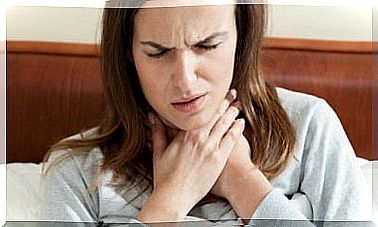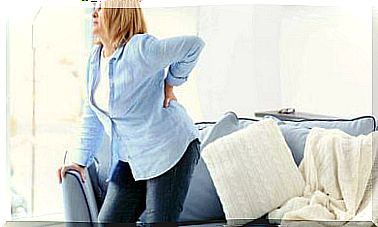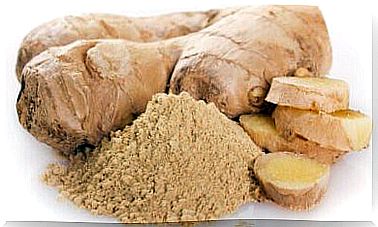Seven Tips To Reduce Mites In Your Home
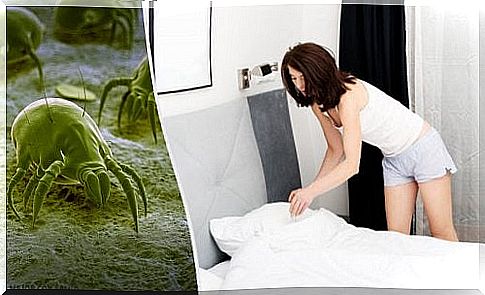
Mites are microscopic organisms that live on fabrics or similar surfaces. Mites in your home mainly gather in the bedroom (mattresses and pillows are their favorite places) and they can cause allergies and illness.
That is why in this article we will tell you how to reduce mites in your home.
What are mites?
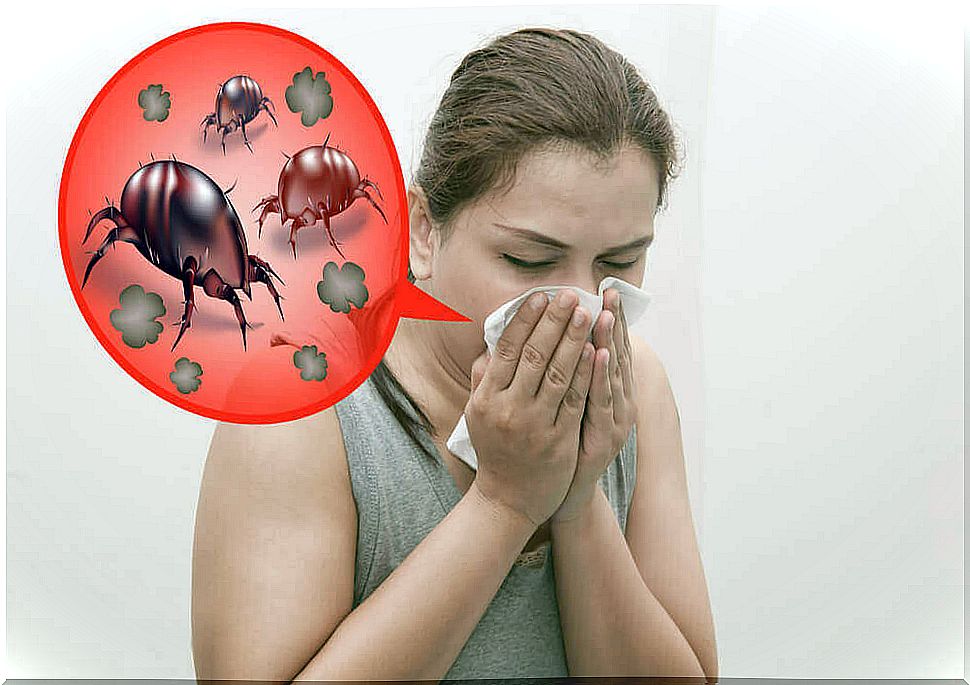
Mites are a subclass of arachnids and are no more than a few millimeters long. They have diverse habitats and have colonized both terrestrial and marine areas. They even occur in extreme locations such as deserts, high mountains and near hot springs.
Many mites feed on moss, leaves, ferns, stems and flowers, while others live on crops (pests).
Some cause allergies in humans and others are animal parasites. Allergies are caused by the feces of the mites and dead ones (which we don’t see, but which accumulate in the house).
Dust mites can be found in any environment and can be inhaled without you being aware of it. They can cause permanent allergies or asthma.
This type of mite is abundant in mattresses, blankets, sheets, pillows and couches and can live for up to three months. During that period, a mite can lay up to a hundred eggs.
Their preferred reproduction times are autumn and spring.
Among dust mite allergy symptoms we can find:
- Running nose
- Sneezing (especially in the morning)
- Stuffy nose
- Damp and itchy eyes
- Redness of the skin
- Wheezing
How can you reduce mites in your home
Due to their small size and the fact that they can be found in any place we usually use, such as the bed or the couch, we often don’t realize they have taken over our room or bedroom until the first symptoms set in.
Therefore, cleaning is essential for preventing allergies or asthma caused by dust mites.
Here are some helpful tips to reduce mites in your home:
1. Change the bedding regularly
Mites mainly feed on dust and dead skin. When we sleep, we lose particles and the microorganisms can feed on them.
Therefore, try to replace the sheets and covers every one or two weeks.
2. Wash at high temperatures
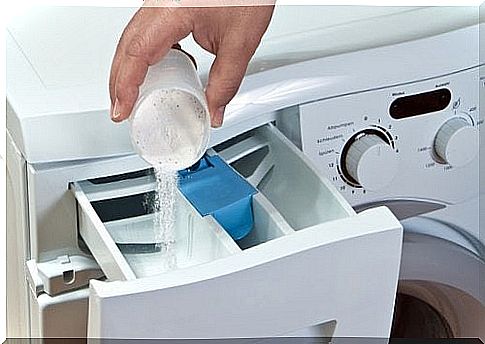
All bedding should be washed as hot as possible (preferably at 60°C). You can set your washing machine to that temperature.
Do not hesitate to use a strong, good quality detergent. We recommend products containing eucalyptus, tea tree or cedar oil for even greater effectiveness.
- Whether you use cold or warm water, you should also use a type of bleach that is suitable for clothing.
- Do not wash your bedding with other clothing to prevent the mites from transferring from one object to another.
- After washing, you can flush the washing machine with hot water to completely remove the parasites.
- Let your clothes hang out in the sun all day after being in the dryer.
3. Use the vacuum cleaner weekly
Your vacuum cleaner is not only good for the floor, but can also be used for the sofa, curtains, chairs (depending on the upholstery), the bed, and more.
In other words, any furniture or places where people lie or sit and can leave dead skin cells behind.
- In order for the vacuum cleaner to do its job properly, the vacuum cleaner must contain a two-layer microfilter bag that traps dust particles and mites at the same time.
- Keep in mind that vacuuming surfaces is not a guarantee that these pathogens and their allergens will go away.
- The advantage is that the dust and particles they feed on are greatly reduced. Do not forget to maintain your vacuum cleaner so that it functions properly.
4. Steam cleaning
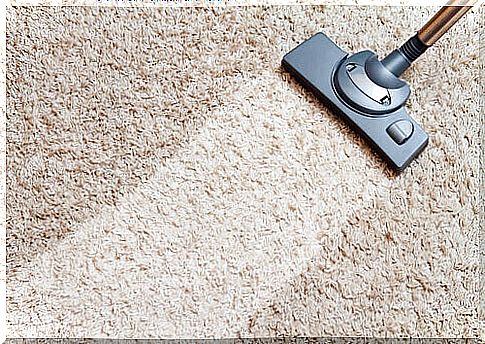
This is especially important if you have carpeting. This option dissolves dirt and also kills germs and mites both on the surface and in the deeper parts of the fabric.
After cleaning, you should use a dryer or dehumidifier, as the humidity can create the ideal environment for bacteria to collect and draw the attention of these microorganisms.
In addition, we recommend that you do not use a duster, as they spread allergens into the air. Instead, it is better to use a damp cloth or mop for dry surfaces.
5. Wash your stored clothes
It is quite common to store blankets and warm clothes when summer sets in and then take them out as soon as winter sets in.
- Before you put them on the bed or wear them, we recommend that you wash them first.
- During the time they were in a box or under the bed, the mites have multiplied and survived confinement.
6. Use plastic protective covers
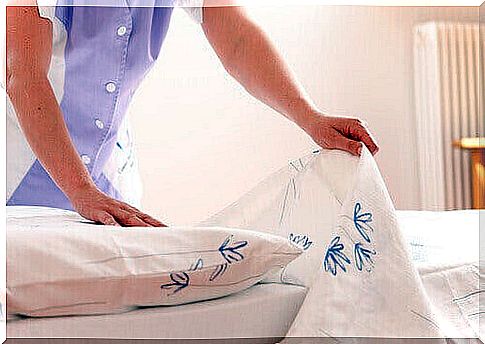
Dust-resistant anti-allergenic protective covers are available in stores and are made of tightly woven fabric to prevent the mites from settling here.
Pillows are best if they are made with synthetic padding. The most suitable mattresses also contain visco-elastic foam.
7. Say goodbye to stuffed animals and clothes
To prevent mites from harming your health, reduce the areas and objects where they can thrive, such as stuffed animals and rugs.
We also recommend that you don’t sleep on the couch to prevent them from accumulating there and have as few objects as possible that can attract dust.
Minimalist decoration can be important. Also, remember to ventilate areas at least once a week to reduce mites in your home.

